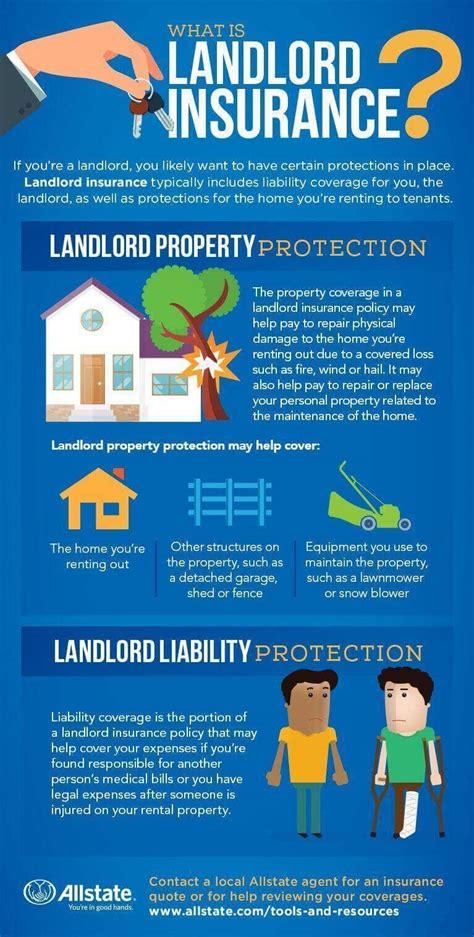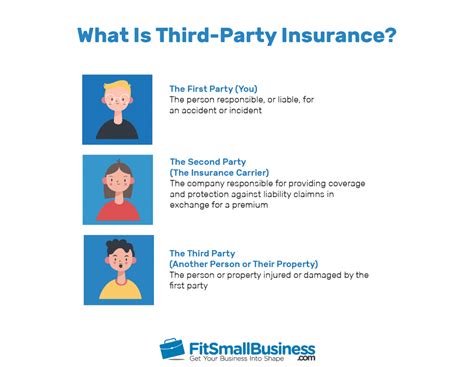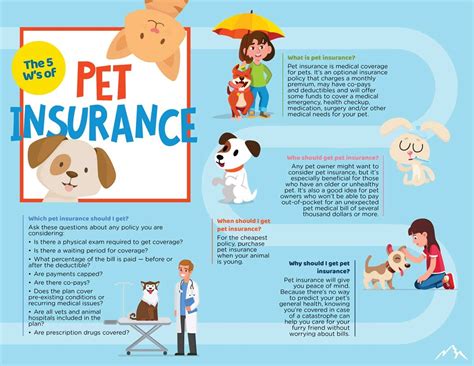Learn about the importance and benefits of stop-loss insurance, how it works, and how to choose the right plan for your needs.
Understanding Stop-loss Insurance
Contents
Understanding Stop-loss Insurance
Stop-loss insurance is a type of coverage that provides protection to self-funded employers against high claims or losses. It is a financial safety net that kicks in when the employer’s healthcare costs exceed a certain level, known as the stop-loss point. This insurance helps manage the risk of unexpected and catastrophic medical expenses, which can have a significant impact on a company’s finances.
Employers often opt for stop-loss insurance to limit their financial exposure and protect their balance sheets. With the rising costs of healthcare, having this coverage in place can provide peace of mind and mitigate the potential financial burden of large claims. Stop-loss insurance is particularly important for small to mid-sized employers who may not have the financial resources to handle large medical expenses on their own.
How stop-loss insurance works can vary depending on the specific policy and the needs of the employer. There are two main types of stop-loss coverage: specific and aggregate. Specific stop-loss insurance kicks in when a single claim exceeds a certain dollar amount, while aggregate stop-loss insurance provides protection when the total claims for the entire group surpass a set threshold.
One of the main benefits of stop-loss insurance is the ability to customize coverage based on the employer’s risk tolerance and budget. Employers can choose the specific and aggregate deductible levels that best align with their financial goals and level of risk tolerance. This flexibility allows for tailoring coverage to meet the unique needs of different employers and their employee populations.
Choosing the right stop-loss plan is a critical decision for employers. It’s important to work with an experienced insurance advisor to assess the company’s healthcare claims history, financial situation, and risk tolerance. By understanding the various options available and the potential impact on the company’s bottom line, employers can make an informed decision when selecting a stop-loss insurance policy that best meets their needs.
The Importance of Stop-loss Coverage
Stop-loss insurance is a crucial component of any comprehensive health insurance plan. This type of coverage provides protection for employers who self-fund their employee benefit plans, ensuring they are not financially devastated by high medical costs. Without stop-loss coverage, self-funded employers would be at risk of having to cover large, unexpected medical claims out-of-pocket, which could have a serious impact on their finances.
One of the main benefits of stop-loss coverage is that it sets a limit on the amount of risk an employer is exposed to. By purchasing stop-loss insurance, employers can protect themselves against the risk of catastrophic medical claims, which can result in significant financial burden. This coverage provides peace of mind for employers, allowing them to manage their budget with confidence, knowing that they are protected from high-cost claims.
Additionally, stop-loss coverage can also help employers attract and retain top talent by offering comprehensive health benefits that include protection against high-cost claims. This can be a significant advantage in a competitive job market, as employees are more likely to choose employers who offer comprehensive benefits that include financial protection against unexpected medical expenses.
Overall, the importance of stop-loss coverage cannot be overstated. It provides essential financial protection for self-funded employers, helps manage budgetary risks, and enhances the attractiveness of employee benefit plans. With stop-loss insurance in place, employers can confidently provide comprehensive health benefits to their employees without fear of being financially overwhelmed by unexpectedly high medical claims.
How Stop-loss Insurance Works
“`html
Understanding Stop-loss Insurance
Stop-loss insurance is a type of insurance that provides protection to self-funded employers, or companies with self-funded health plans, against the risk of high claims. This type of insurance kicks in when the total healthcare expenses for an individual employee or the entire group exceed a certain threshold, which is known as the stop-loss limit.
When an individual or group’s healthcare expenses surpass the stop-loss limit, the stop-loss insurance company becomes responsible for paying the excess amount. This helps the employer to avoid facing financial strain due to unexpectedly high claims, as the stop-loss insurance provides a safety net for such situations.
One of the key mechanisms of how stop-loss insurance works is through the establishment of specific and aggregate stop-loss limits. The specific stop-loss limit applies to each covered individual, while the aggregate stop-loss limit applies to the overall expenses of the entire group. These limits are predetermined and agreed upon in the insurance policy, allowing the employer to have a clear understanding of their financial liability.
In addition, stop-loss insurance provides protection to employers against catastrophic claims, often referred to as shock losses. These are extremely high individual claims that could potentially have a significant impact on the employer’s finances. By having stop-loss coverage in place, the employer can mitigate the financial risk associated with such shock losses, thereby ensuring greater stability and predictability in managing healthcare costs.
Overall, understanding how stop-loss insurance works involves recognizing its role in safeguarding self-funded employers against the financial risks of high claims, setting predetermined stop-loss limits, and providing protection against catastrophic claims. By leveraging stop-loss insurance, employers can gain greater control over their healthcare expenditures and minimize the impact of unexpected medical costs.
“`
Benefits of Stop-loss Policies
Benefits of Stop-loss Policies
Stop-loss insurance is a valuable tool for protecting businesses from large, unexpected medical claims. One of the main benefits of stop-loss policies is that they provide financial protection against catastrophic healthcare expenses. When a company’s healthcare costs exceed a certain threshold, the stop-loss policy kicks in to cover the additional expenses.
Another advantage of stop-loss policies is that they help businesses manage their healthcare spending. With a stop-loss policy in place, companies can budget for predictable healthcare expenses while having the peace of mind that they are protected from large, unforeseen claims. This allows businesses to better control their overall healthcare costs and allocate resources more effectively.
Furthermore, stop-loss insurance provides companies with greater flexibility and control over their employee benefits. By safeguarding against catastrophic claims, stop-loss policies enable businesses to offer more comprehensive and competitive healthcare benefits to their employees. This can help attract and retain top talent, improve employee satisfaction, and contribute to a positive work environment.
Additionally, stop-loss policies can offer businesses a level of stability and predictability in their healthcare expenses. With the potential for significant claims being covered by the stop-loss insurer, companies can avoid the volatility and uncertainty that can come with large medical claims. This can help businesses better manage their cash flow and financial planning.
Choosing the Right Stop-loss Plan
When it comes to choosing the right stop-loss plan, it’s important to carefully consider the needs of your organization. One of the key factors to consider is the size of your company and the level of risk you are comfortable with. Some companies may opt for a more conservative approach, while others may be willing to take on more risk in exchange for lower premiums.
Another important consideration is the financial stability of the insurance carrier. It’s crucial to choose a carrier that is financially strong and has a solid track record of reliable claims payment. This will help ensure that your organization is protected in the event of catastrophic claims.
It’s also important to carefully review the specific terms and conditions of each stop-loss plan being considered. Look for features such as a clear and simple reimbursement process, transparent deductible and coinsurance structures, and access to comprehensive reporting and data analytics. These features can significantly impact the overall effectiveness of the stop-loss coverage for your organization.
Additionally, consider the level of support and expertise offered by the stop-loss insurer. Choosing a carrier that provides access to a knowledgeable and responsive support team can help streamline the process of managing stop-loss claims and ensure that your organization receives the highest level of service.
Finally, take the time to assess the overall value provided by each stop-loss plan being considered. While cost is certainly an important factor, it’s also important to consider the level of coverage and the potential impact on your organization’s financial well-being. By carefully evaluating these factors, you can choose the stop-loss plan that best aligns with the needs and goals of your organization.












